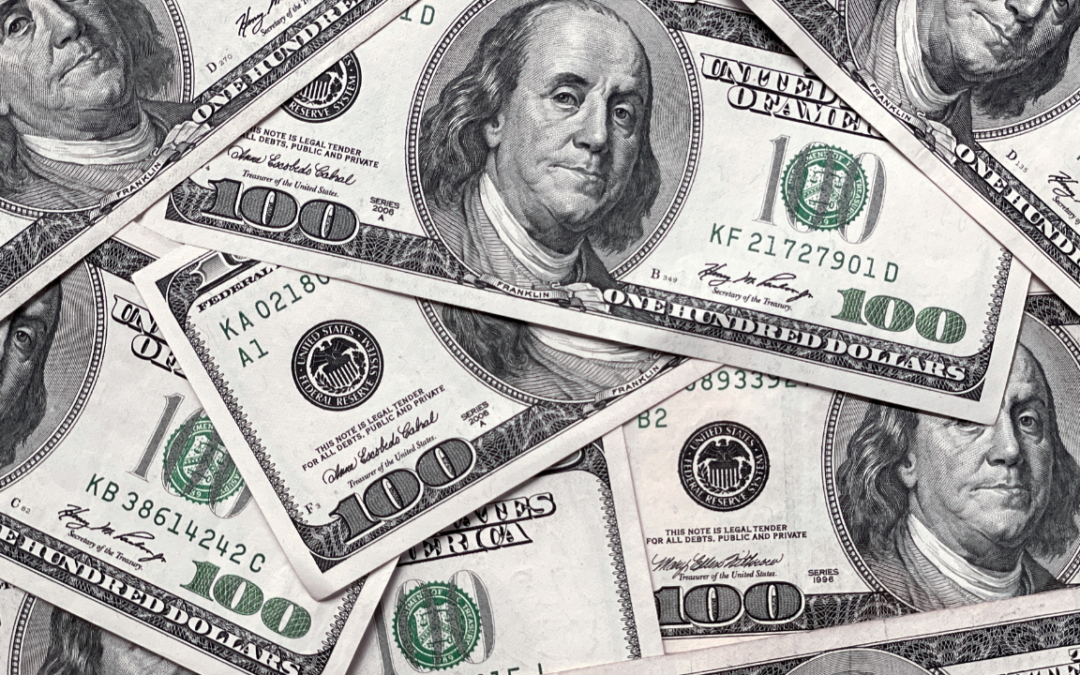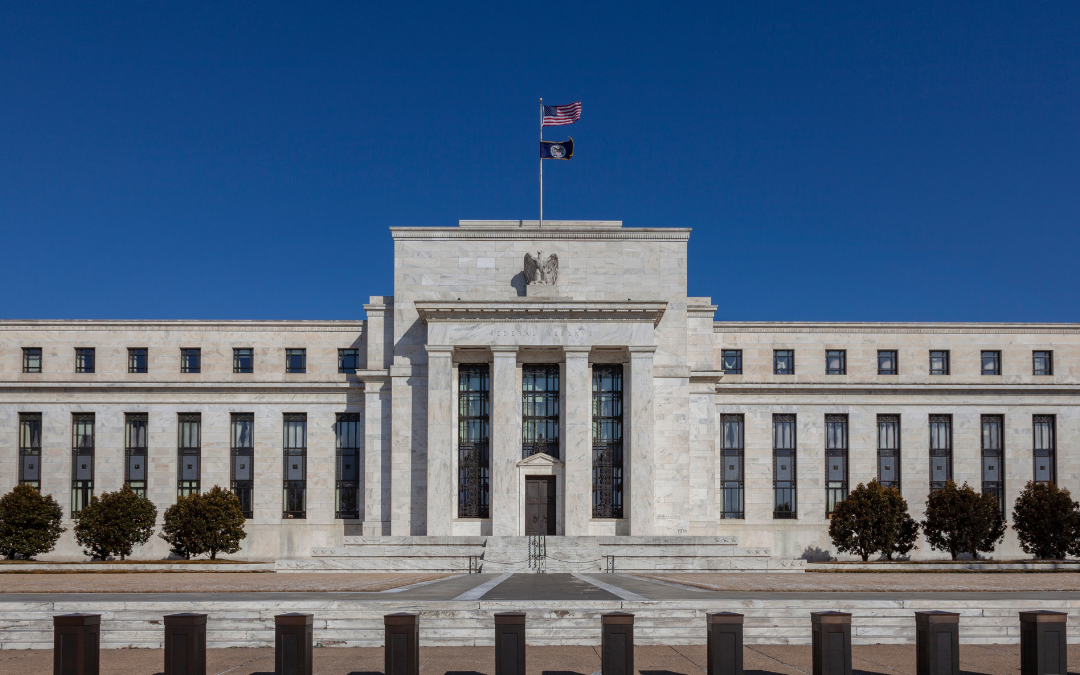Originally published at CNBC | February 7, 2017
President Donald Trump has inherited an economy that is in much better shape than his predecessor did eight years ago. Nonetheless the new president has ambitious plans for his first 100 days in office. Just how much can he achieve and what will be the likely impact on capital markets?
The “first 100 days” is a term frequently used in U.S. politics to measure the initial accomplishments of a new president. It dates back to 1933 when former president Franklin D. Roosevelt used the term to describe the first 100 days of the 73rd U.S. Congress. Roosevelt’s objectives were not very different from Trump’s – both men came to power with a pledge to make the U.S. great again.
Roosevelt’s attempts to address the Great Depression resulted in 15 new bills being passed during his 100 days. These collectively formed the foundation of his “New Deal” and included the abandonment of the Gold Standard and the implementation of the Glass-Steagall Act, separating the banking and securities industries. Continue Reading.



